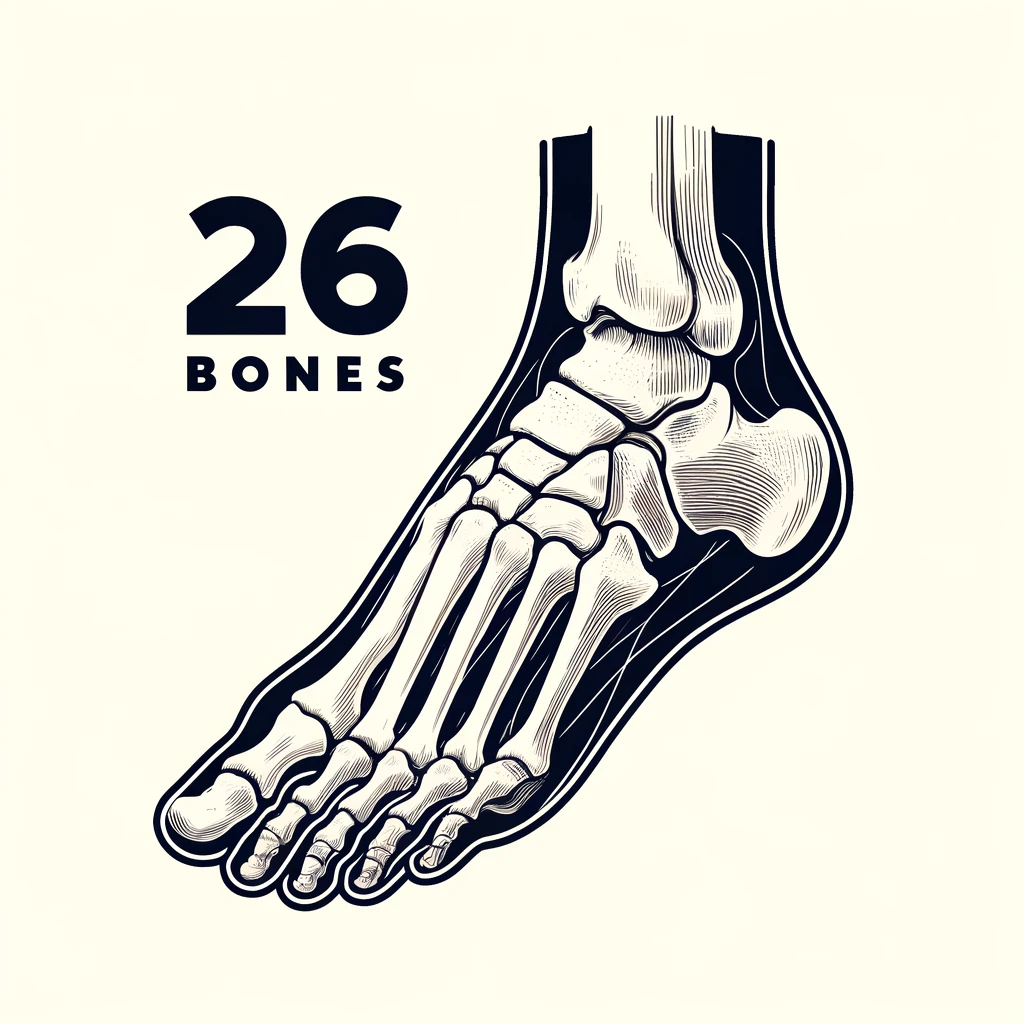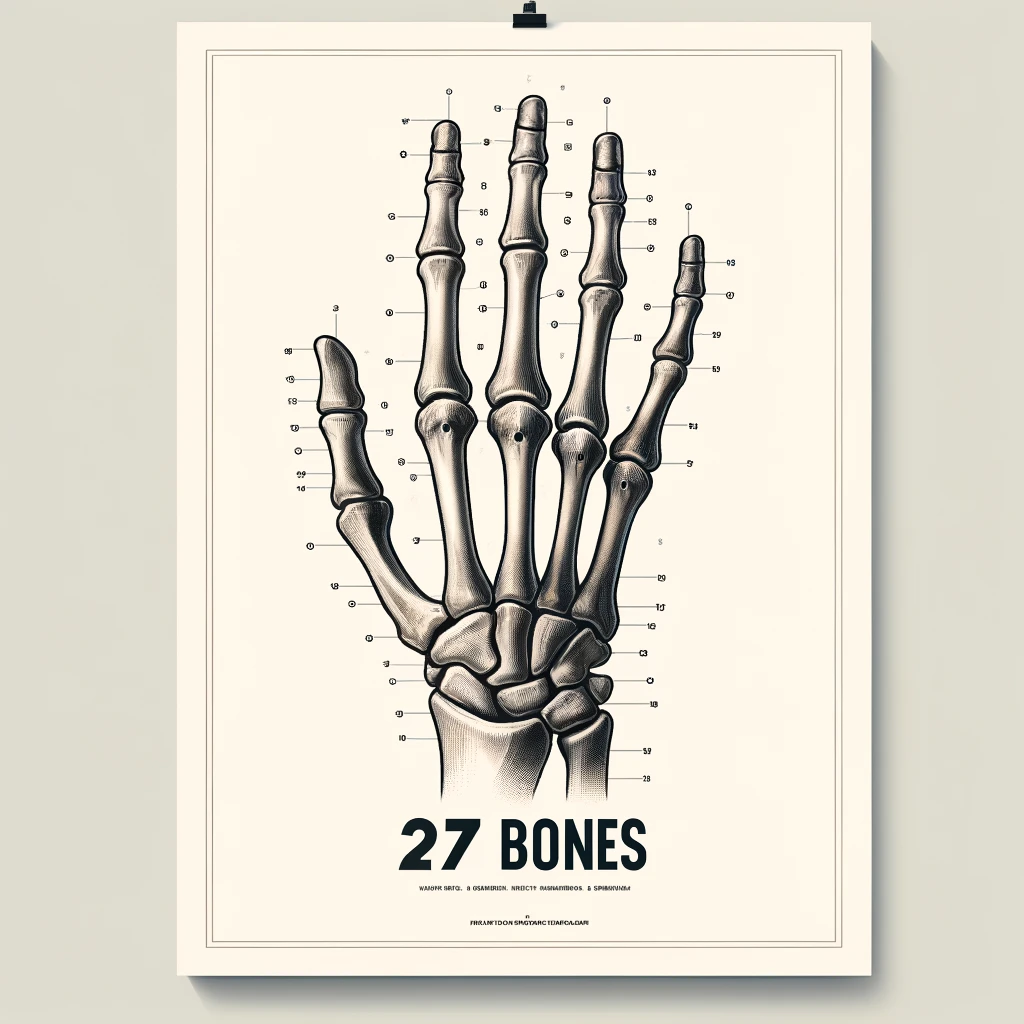How many bones does the human body contain? Maintaining robust and healthy bones is crucial for overall physical strength and resilience. Bones act as the body’s protective framework, supporting a wide range of physical activities. From head to toe, numerous bones interconnect, forming our skeleton. Interestingly, the total number of bones in the body changes as we grow from infancy into adulthood, adapting and evolving in structure. Typically, an adult possesses 206 bones.
How Many Bones Are in the Human Body?

Whenever you stand, walk, or participate in any physical activity, it’s your skeletal system that provides the necessary structure and movement. The evolution of our bone count from infancy to adulthood is a testament to the dynamic nature of human biology.
Infants are born with approximately 270 bones. As children grow, many of these bones gradually fuse together, culminating in an adult count of 206 bones. Interestingly, half of these bones are located in the hands and feet alone.
The human skeleton is organized into two major systems: the axial skeleton, which includes the bones of the torso, and the appendicular skeleton, which consists of the bones in the limbs. These bones are categorized into four distinct types:
- Short bones: These enhance the stability and support of the skeletal system.
- Long bones: Located in the arms and legs, these bones support weight and facilitate movement.
- Flat bones: These protect internal organs and provide attachment sites for muscles.
- Irregular bones: These have complex shapes and fulfill a variety of structural roles.
Imagine a human body without bones—it would be a formless mass of muscles and skin, incapable of standing upright or maintaining shape. Bones are crucial not only for structure but also as storage for essential minerals, emphasizing the importance of bone health.
Maintaining Bone Health
To keep your bones healthy, engage in regular exercise and avoid activities that risk serious injury. Diet is also crucial; consuming foods rich in calcium and vitamins helps strengthen bone structure. For example, dairy products such as milk and cheese are excellent sources of calcium.
How Many Bones Are in the Foot?

The feet and ankles are critical for balance, absorbing shock, and supporting our body weight. Each foot consists of:
- 26 bones
- 33 joints
- Over 100 muscles, ligaments, and tendons
This intricate assembly allows for strength, flexibility, and resilience, essential for mobility. Compromises to this system can severely affect your ability to move.
How Many Bones Are in the Hand?

The hands and wrists are equally complex, enabling a wide range of movements. Each hand contains:
- 8 carpal bones in the wrist
- 5 metacarpal bones in the middle hand
- 14 phalanges across the fingers
Bone density tends to decrease with age, which can increase the risk of fractures. Preventing osteopenia and other bone-related conditions is possible through proper nutrition and lifestyle choices.
Consuming a diet rich in calcium from foods like tofu, almonds, and soy products is beneficial. Supplements can help meet daily requirements, especially for those who struggle to consume enough calcium-rich foods. Vitamin D, which can be synthesized from sunlight or taken as a supplement, aids in calcium absorption and bone health. Regular physical activities, particularly weight-bearing exercises like walking or running, are known to strengthen bones. Additionally, avoiding smoking and moderating alcohol intake are crucial for maintaining bone density.
By adopting a proactive approach to bone health, you can ensure a stronger, more resilient body capable of engaging in various physical activities without undue risk of injury.
References:

